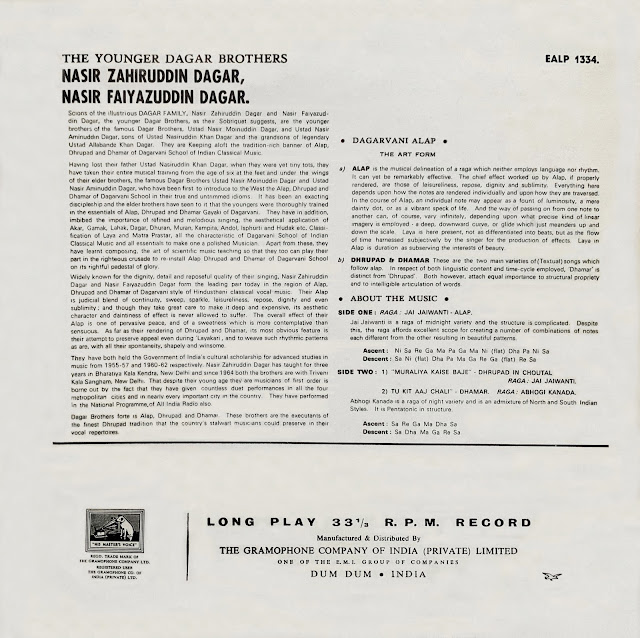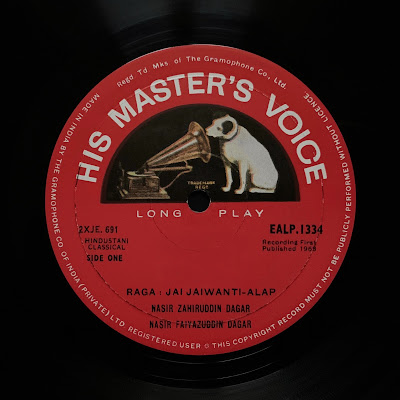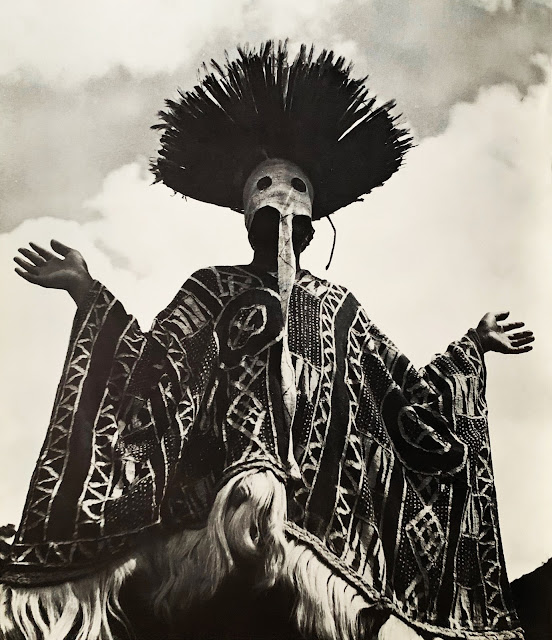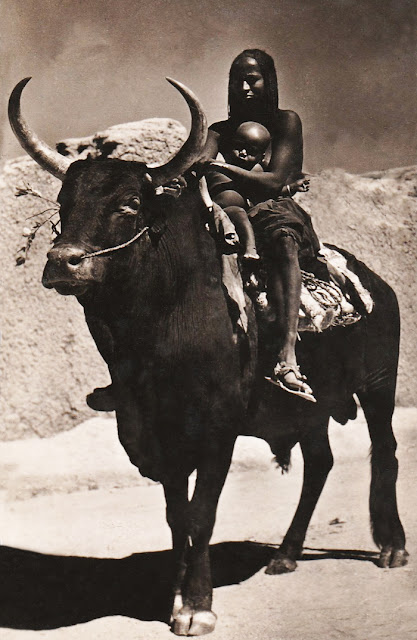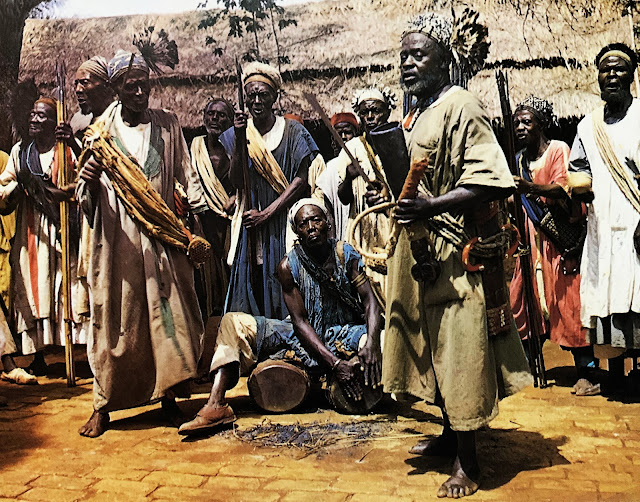This classic LP of music from Cameroon from the legendary first Ocora series offers a glimpse into the authentic traditional music of a bygone era from the Bamileke, Bamum, Beti, and Bakweri people recorded by the Russian-born French composer and musicologist Tolia Nikiprowetzky (1916-1997).
These collective musics and dances, originating from these complex, well-defined traditional cultures—which maintained a close connection with the realms of the ancestors and spirits via rituals, ceremonies and symbolic language—played a central role in traditional communal and religious life. A way of life far removed from the values of our modern individualistic societies.
Cet album de musiques du Cameroun de la légendaire première série Ocora offre un aperçu de la musique traditionnelle authentique d’antan des Bamiléké, des Bamoun, des Beti et des Bakweri enregistrée par le compositeur et musicologue français d'origine russe Tolia Nikiprowetzky (1916-1997).
Les musiques et danses collectives issues de ces cultures traditionnelles complexes et bien définies – qui entretenaient des liens étroits avec le monde des ancêtres et des esprits par le biais de rituels, de cérémonies et de langage symbolique – jouaient un rôle central dans la vie communautaire et religieuse. Un mode de vie bien éloigné des valeurs de nos sociétés individualistes modernes.
A1 – Beti Obama Ondoua Ebini (song of praise) – François-Marie Ngoa ensemble with five mendja xylophones and a rattle, Yaoundé, 1965.
A2 – Bamileke Yeya Naya (invites young people to stay calm and respect the chief’s authority) – Female singers ensemble directed by Josepha Kombo, Buéa, 1965.
A3 – Bamileke Kufo (dance honoring a deceased prince or important person) – The Chief’s percussion ensemble playing this esoteric music must be hidden from view, Bafoussam, 1965.
A4 – Bamileke-Bafang Yaya Kam (dance for the birth of twins) – Peter six-female singer ensemble, Victoria, 1965.
A5 – Bamoun Ndanjé (royal dance at the court of the Sultan of the Bamun people) – Ndam Moussa ensemble with a large 16-blade xylophone played by two musicians, two bamboo rattles, and two drums, Bafoussam, 1965.
A6 – Bamoun Mendou Mbwana (dance music for the village youth) – Mouansie Ahmadou ensemble with voice and chorus, a stunning four-string mvet stick zither, and rattles, Bafoussam, 1965.
B1 – Bamileke Nekian (rite of passage dance performed every two years, after which initiates become full-fledged members of the community) – voices and four drums, Bafoussam, 1965.
B2 – Bamileke-Bafoussam Chembanla (to honor a distinguished guest) – Christina N'gantchan ensemble with a female choir and a very large drum, a seven-blade djan xylophone, a large fokbamboo horn, a whistle, and the dancers’ calf bells, Buéa, 1965.
B3 – Bamileke-Bangoulap Nkiuvu Popandoum (song of mourning and lamentation). Here the lead singer sings in memory of her husband who’d recently died) – Sasankou ensemble with a lead singer, female choir and a large drum, n'cha bamboo rattles, and the dancers’ calf bells, 1965.
B4 – Bakweri Malé (funeral dance) – Ezadjas M'Bole ensemble with a mixed choir and four drums, Buéa, 1965.
B5 – Bamileke-Bandjoun N'doung-Sim (celebration dance). Here the dancers hide their faces behind a piece of cloth – Souop Foko ensemble with two drums, three bamboo rattles and nine whistles, Douala, 1965.
B6 – Bamileke-Bamengoum Lali (a secret warrior’s dance exclusively reserved for members of the secret society. The musician here are hidden when they play, as if the music came from the invisible world) – Menné ensemble, Bafoussam, 1965.
%20-19%2073.jpg)
%207%2072.jpg)
%20-21%2035.jpg)
%20-25%2036.jpg)
%200%2092%20(1)%200%2044.jpg)
%20copy%200%2079.jpg)

